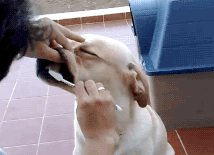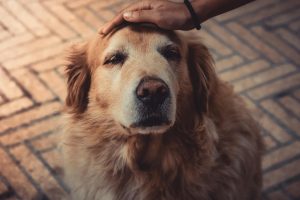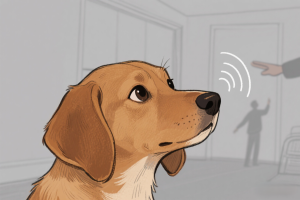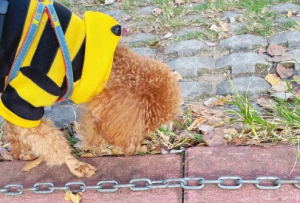Have you ever been snuggling with your dog, only to be suddenly put off by a strong, unpleasant odor? Your dog probably has too — and that smell… well, it’s really not pleasant.This isn’t surprising, because bad breath in dogs is primarily caused by plaque buildup, which leads to bacterial growth — a form of periodontal disease. Periodontal disease is one of the most common health issues in adult dogs, affecting up to 80% of dogs.Maintaining your dog’s oral hygiene not only helps reduce bad breath but also prevents a range of health problems caused by periodontal disease. These can include tooth loss, fistulas, bone infections, and even systemic effects when bacteria from the mouth enter the bloodstream and affect internal organs.Unfortunately, many pet owners don’t realize that dental health is a cornerstone of your dog’s longevity, and periodontal disease is entirely preventable with regular tooth brushing.So, if you want to give your dog a solid foundation for a long and healthy life, follow along with us as we show the proper techniques for brushing your dog’s teeth.
-
Preparation
First, choose a toothbrush and toothpaste specifically designed for dogs. Pay special attention to the toothpaste — human toothpaste can be irritating. It may cause your dog to resist brushing, and if swallowed, it can upset their digestive system due to physiological differences.
-
The First Brushing
When brushing your dog for the first time, start gradually if they are reluctant. Brush only one or two teeth at a time to give them a chance to get used to it.Where should you brush? Dogs have rough tongues that naturally help clean the inner surfaces of their teeth, so the focus should be on the outer surfaces (though the inner surfaces should be brushed as well). Pay special attention to the back teeth, where plaque and tartar are hardest to remove and where periodontal disease often starts.How to brush? Just like brushing your own teeth — gently, without hurting the gums. Hold the toothbrush at a 45° angle to clean both the teeth and the gum line.
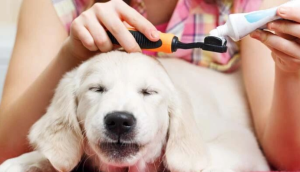
-
What If Your Dog Can’t Rinse?
If you use edible dog toothpaste, let your dog lick it off after brushing. They might even think it’s a treat, making them more excited and cooperative for future brushing sessions.
-
How Often Should You Brush?
Ideally, brush your dog’s teeth after their last meal of the day. This helps remove plaque and bacteria accumulated throughout the day.If daily brushing isn’t feasible, most veterinary dental experts recommend brushing at least three times a week, which can still significantly reduce the risk of serious dental disease.
-
Do Chew Toys or Dental Chews Help?
It’s important to emphasize that brushing is the most effective way to prevent periodontal disease, without exception.However, chew toys and dental chews can help reduce plaque buildup, especially if you can only brush your dog three times a week. They serve as a useful supplement to regular brushing.
Dental health is truly essential for dogs. We hope all pet owners and their furry friends enjoy healthy, strong teeth, because as the saying goes: “Healthy teeth mean a good appetite, a strong body, and a happy, hearty meal!”

